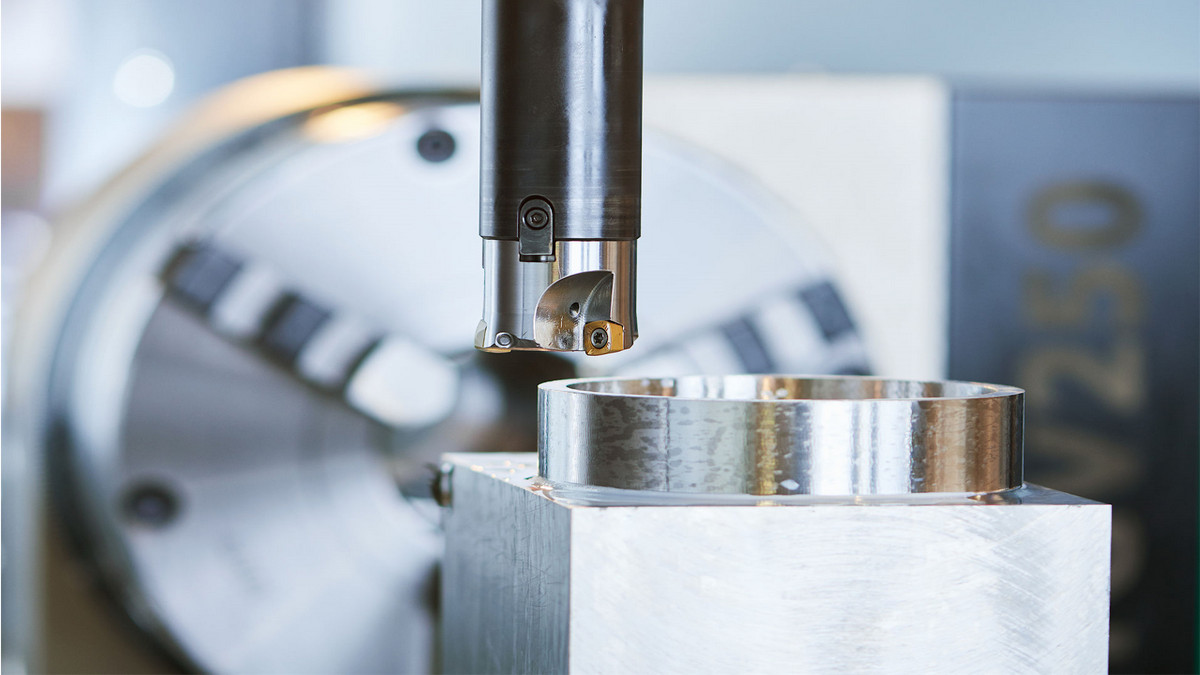Honing is a common procedure, similar to grinding, which is a used on the inside surface of a cylinder, tube, or bore hole after precision machining and grinding. It is performed as a final procedure after grinding, to attain a precise shape and high-quality surface finish on a workpiece.
What Is Honing Machining?
Honing is a low-speed grinding process. Material is removed at a slower rate than with normal grinding, so pressure and heat generation are minimized, making it easier to control the surface microstructure during processing. Honing can produce a very smooth finish, but it is also used to create a cross-grained appearance on the surface to reduce sliding friction.
The general honing process involves rotating and reciprocating a honing stone on the inner surface of a hole. During the honing process, one or more rod-shaped stones are pushed back and forth against the inner surface of the workpiece, grinding a rectangular crisscrossing pattern on the surface. A large amount of grinding fluid is applied to the surface during processing to control the grinding process. The finished surface will have a unique CROSS HATCH that easily forms an oil film, creating a superior sliding surface.
The Processing Principle of the Honing Process:
According to the different materials to be processed, abrasives can be selected with corresponding whetstone of various shapes, types, particle sizes, binders, hardness, structures, and performances. The honing head usually consists of multiple whetstones, which can machine parts with multiple holes simultaneously.
Honing tools can be composed of aluminum oxides or carbon-silicon compounds, commonly known as Whetstone. The whetstone is embedded in a rotating mandrel and rotates at a speed of 45~90 m/min to generate radial force.
The Purpose of Honing Processing:
Honing can completely polish the inner diameter of a workpiece with a small number of grinding passes. The honing time is short, the surface roughness is stable, and the workpiece has no scratches. Both soft and hard materials can be honed and various adhesives are used for different applications. Honing is used for the processing of precision holes, such as engine cylinder holes, compressor cylinder holes, connecting rods, pump bodies, and control blocks.
The degree of surface finish of honing can be controlled by the size, pressure, and speed of the abrasive used. Cutting fluid is used to remove chips and reduce temperature. Without proper treatment, honing can produce holes that are neither straight nor round, as well as machining defects such as bell mouth, corrugation, barrel shape, slope, etc.
What Are the Characteristics of Honing Processing?
In addition to improving the surface quality, machining accuracy, roundness, cylindricity, and shape accuracy, honing is beneficial to the formation and maintenance of oil film, due to the intersecting lines on the surface of the workpiece. Therefore, the service life of the workpiece is often higher than that of the workpiece processed by other methods. It is especially suitable for the processing of precision couplings that require high relative motion. In addition to processing through holes, discontinuous holes, blind holes, multi-level holes, and cycloid holes, the honing processing can also process plane, spherical, and tooth surfaces, and can be adapted to the processing of various metal materials.
Is There a Difference Between Honing and Grinding?
The difference between honing and grinding is that the honing technique uses a grindstone to grind the workpiece at a lower speed, whereas grinding uses the grindstone to grind at a very high speed, cutting the workpiece surface. High speed grinding under high cutting pressure is prone to creating instantaneous high temperatures that can change in mechanical and physical properties of the workpiece surface, thereby damaging the workpiece and generating internal stress.







.png)






